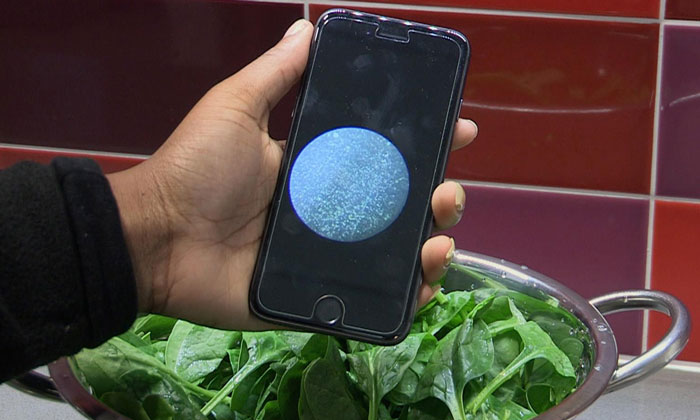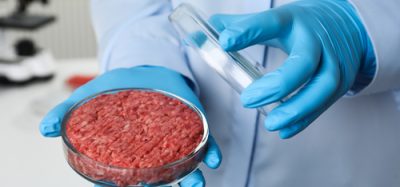Low-cost bacterial detection technology uses smartphone camera
- Like
- Digg
- Del
- Tumblr
- VKontakte
- Buffer
- Love This
- Odnoklassniki
- Meneame
- Blogger
- Amazon
- Yahoo Mail
- Gmail
- AOL
- Newsvine
- HackerNews
- Evernote
- MySpace
- Mail.ru
- Viadeo
- Line
- Comments
- Yummly
- SMS
- Viber
- Telegram
- Subscribe
- Skype
- Facebook Messenger
- Kakao
- LiveJournal
- Yammer
- Edgar
- Fintel
- Mix
- Instapaper
- Copy Link
Posted: 26 January 2018 | George Smith (New Food) | 1 comment
Scientists are developing a dual-part detection method that can search for traces of bacteria in water or food samples using a smartphone and a $30 microscope add-on.


NO FILTER: The scientists say once commercialised, the tech could be rolled out to chefs or disaster aid workers
Smartphone cameras form part of a developing method to detect bacteria on food or in water samples – a low-cost solution that researchers say could appeal to restaurant chefs or aid workers in disaster relief zones.
Along with a USD$30 microscope lens, the smartphone is the optical part of an optical-chemical technique being tested by researchers at the University of Massachusetts Amherst.
Led by food scientist Lili He, the team designed a sensitive and reliable bacteria-detecting chip that can test whether fresh spinach or apple juice, for example, carry a bacterial load. The chip, used with a light microscope for optical detection, relies on what He calls a “capture molecule,” 3-mercaptophenylboronic acid (3-MBPA) that attracts and binds to any bacteria.
The chemical detection method, surface-enhanced Raman spectroscopy (SERS), relies on silver nanoparticles. The techniques are now in the patenting process.
Over the past summer, the optical detection method was adapted for possible home use with a smart phone microscope adapter that is widely available online for about $30.
The first step in the new test for bacteria detection is to collect a sample of water, juice or mashed vegetable leaf and place the chemical-based detection chip in with the sample. A summer high school student in He’s food science laboratory developed a simple smart phone app that visually detects bacteria in samples that contain the chip. “This is just the beginning of the work,” says He. She hopes to receive more funding to continue this practical application.
To address the food interference problem, the researchers designed the UMass Amherst chip to attract only bacteria but not sugars, fats and proteins in food or dirt. The food compounds can be washed away with a high-pH buffer, the food chemist says, leaving only bacteria for visual counting with the smart phone microscope and app. This method can detect as few as 100 bacteria cells per 1 millilitre of solution, compared to a sensitivity of 10,000 cells for other rapid methods.
An analytical chemist and expert in detection methods for food contamination, He said, “Most people around the world cook their vegetables before eating, but here in the U.S. more and more people like to eat these foods raw. This gave us the idea that a quick test that can be done at home would be a good idea.
“Microbial contamination is an important research topic right now. “It has been a problem for a long time, but it is now the number one concern for food safety in the U.S.”
He, with fellow food science researcher Lynne McLandsborough and their students, in particular first author Brooke Pearson, reported on their new two-step method in two papers this year, one in a recent early online issue of Food Microbiology scheduled for publication in 2018, and an earlier one in the Royal Society of Chemistry’s journal, Analytical Methods.
Related topics
Contaminants, Food Safety, Health & Nutrition, Rapid Detection, Sensory technology, Spectroscopy
Related organisations
Royal Society of Chemistry, University of Massachusetts Amherst










I am skeptical! Any performance validation data? Sensitivity? Specificity? Limit of detection? Etc.